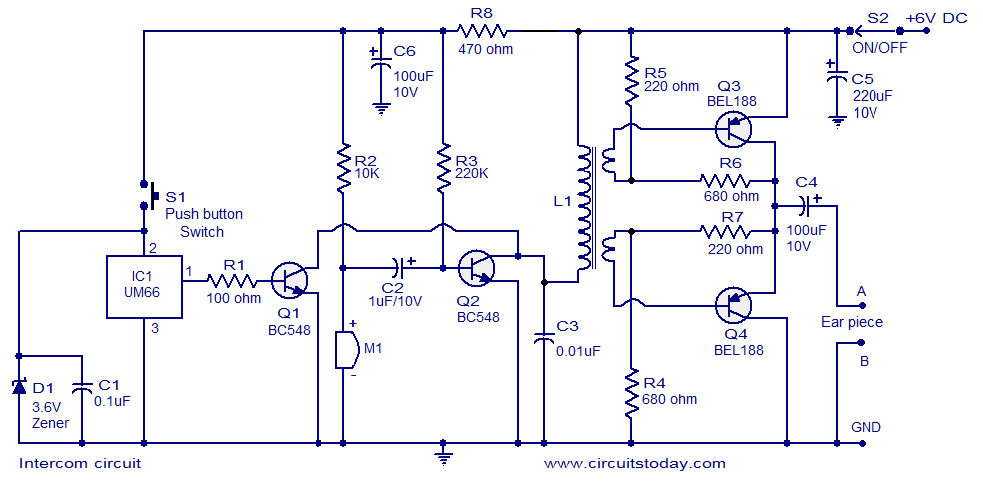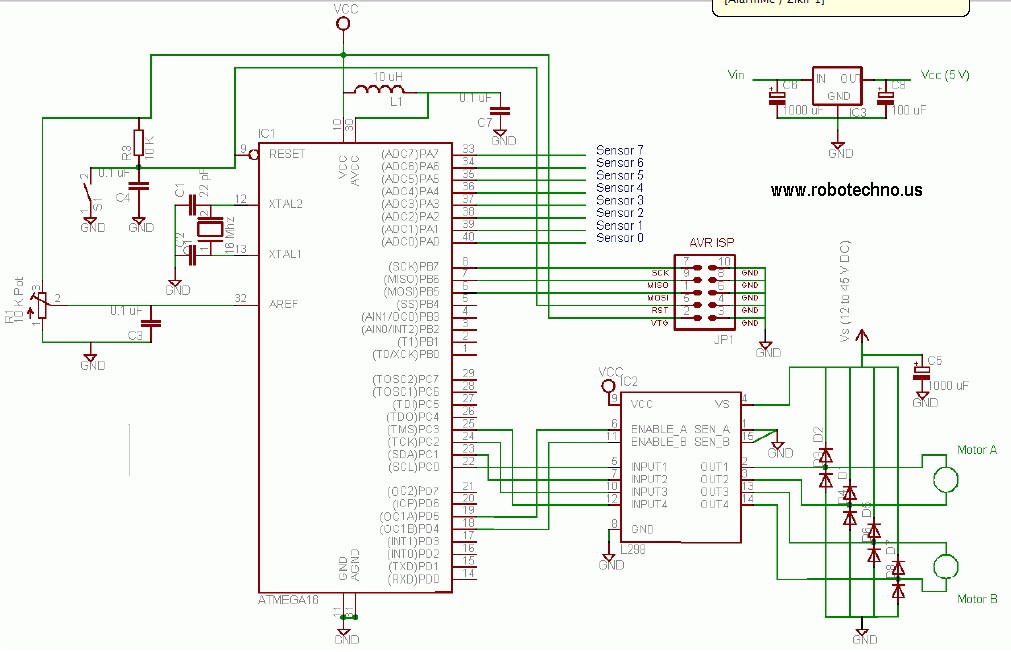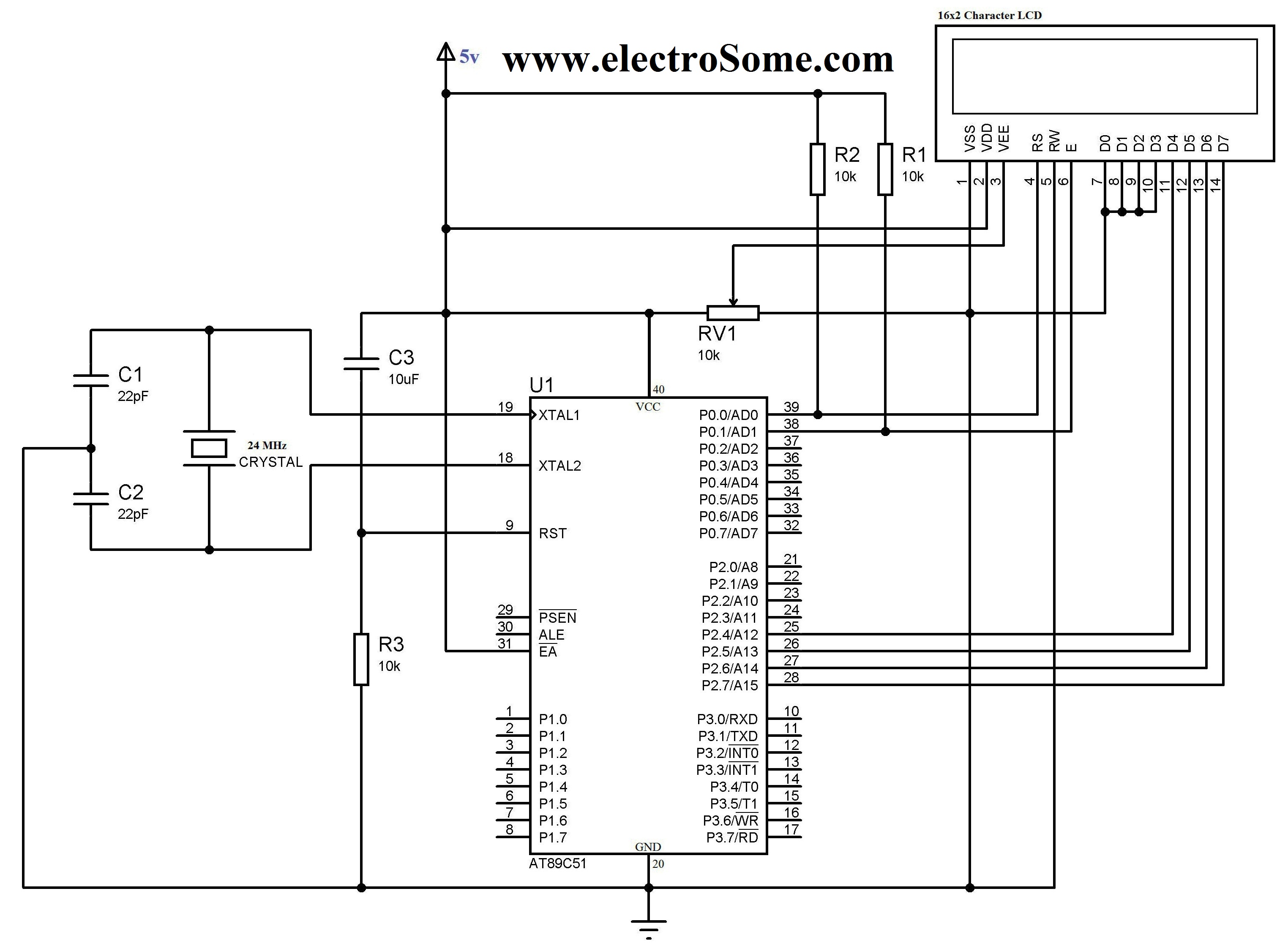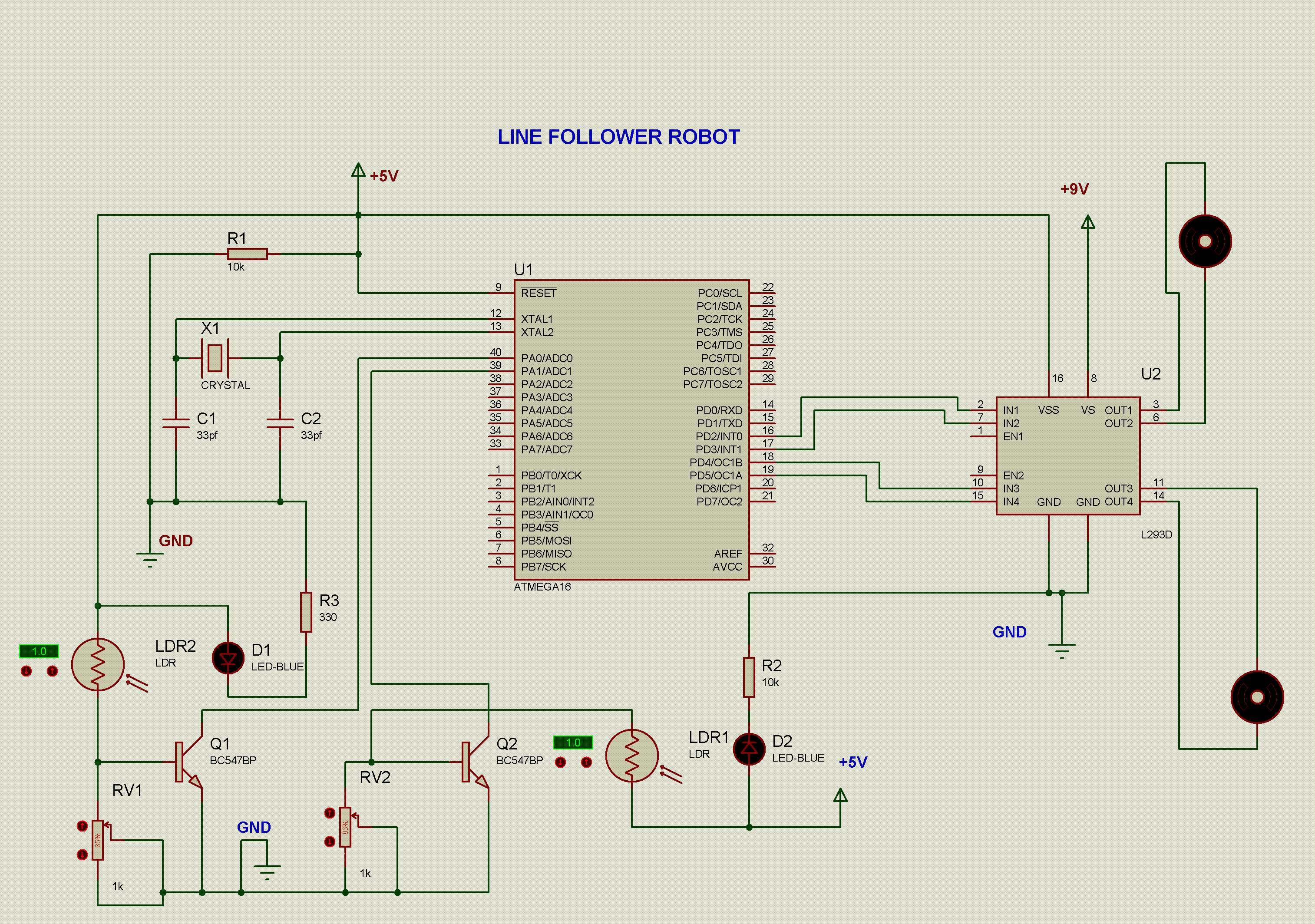
Buffer op-amp / Unity Gain Follower using LM741
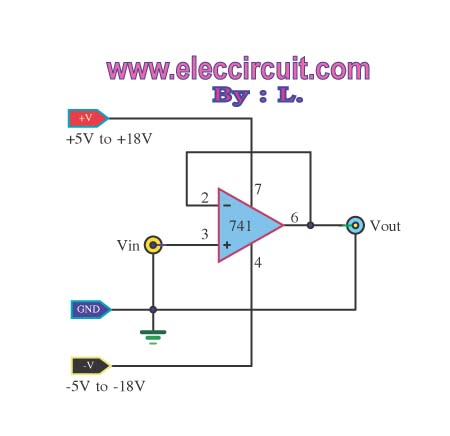
The buffer operational amplifier (op-amp) circuit is utilized for coupling two circuits together. It functions as a unity gain follower, also known as a voltage follower, which is employed to transfer or replicate a voltage from one circuit to another.
The buffer op-amp circuit serves a critical role in electronic design by providing impedance matching between different stages of a circuit. By using a unity gain configuration, the op-amp outputs the same voltage that it receives at its input, while isolating the input from the output. This characteristic is particularly useful in scenarios where the source circuit has a high output impedance and the load circuit has a low input impedance.
In practical applications, the buffer op-amp circuit can be implemented using a single operational amplifier. The non-inverting input is connected to the input voltage signal, while the output is directly connected to the inverting input, creating a feedback loop that maintains unity gain. This configuration ensures that the op-amp can drive the load without affecting the source circuit's performance.
The advantages of using a buffer op-amp include improved signal integrity, reduced loading effects, and the ability to drive capacitive loads without distortion. Additionally, it can be used in various applications such as analog signal processing, sensor interfacing, and audio signal conditioning, where maintaining the original signal level is essential. Overall, the buffer op-amp circuit is a fundamental building block in modern electronic systems, enabling seamless interaction between different circuit components.The buffer op-amp circuit or Used for coupling two circuits together or the Unity Gain Follower Voltage Follower used to transfer or copy a voltage from a first.. 🔗 External reference
The buffer op-amp circuit serves a critical role in electronic design by providing impedance matching between different stages of a circuit. By using a unity gain configuration, the op-amp outputs the same voltage that it receives at its input, while isolating the input from the output. This characteristic is particularly useful in scenarios where the source circuit has a high output impedance and the load circuit has a low input impedance.
In practical applications, the buffer op-amp circuit can be implemented using a single operational amplifier. The non-inverting input is connected to the input voltage signal, while the output is directly connected to the inverting input, creating a feedback loop that maintains unity gain. This configuration ensures that the op-amp can drive the load without affecting the source circuit's performance.
The advantages of using a buffer op-amp include improved signal integrity, reduced loading effects, and the ability to drive capacitive loads without distortion. Additionally, it can be used in various applications such as analog signal processing, sensor interfacing, and audio signal conditioning, where maintaining the original signal level is essential. Overall, the buffer op-amp circuit is a fundamental building block in modern electronic systems, enabling seamless interaction between different circuit components.The buffer op-amp circuit or Used for coupling two circuits together or the Unity Gain Follower Voltage Follower used to transfer or copy a voltage from a first.. 🔗 External reference
